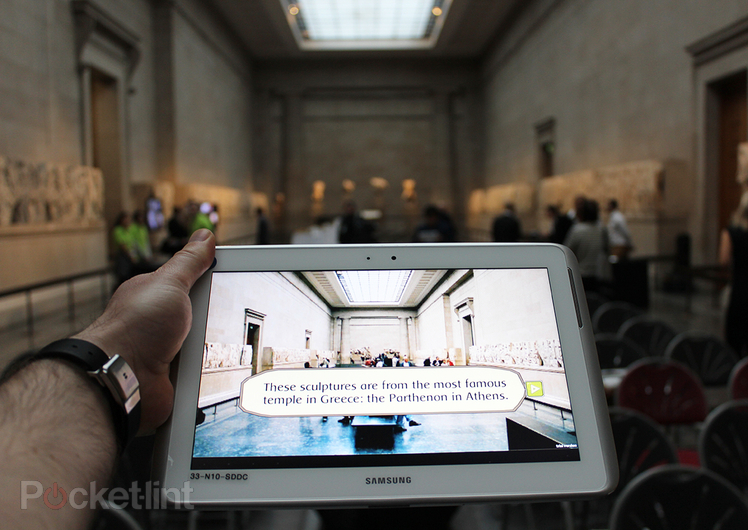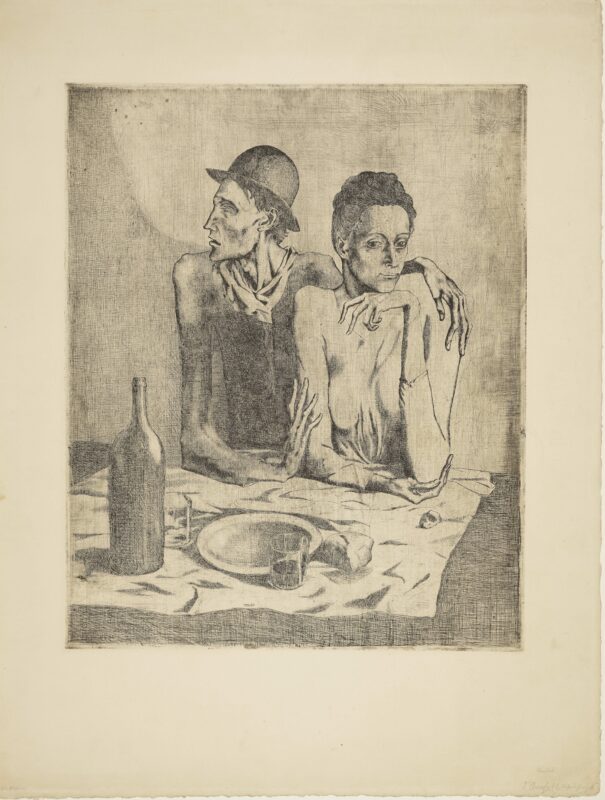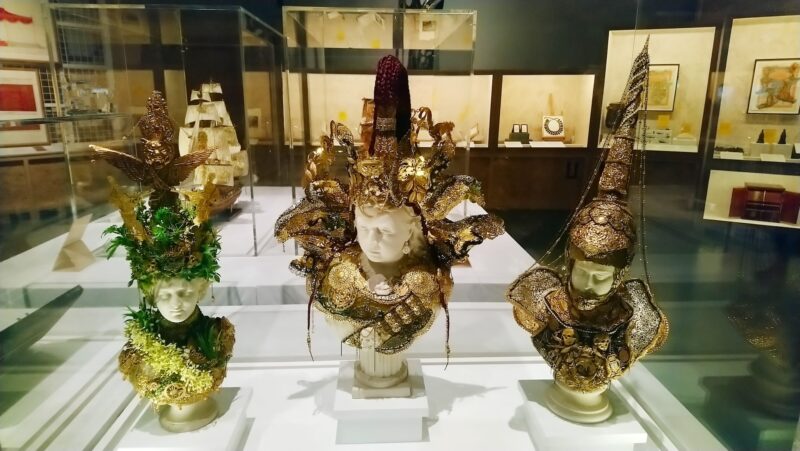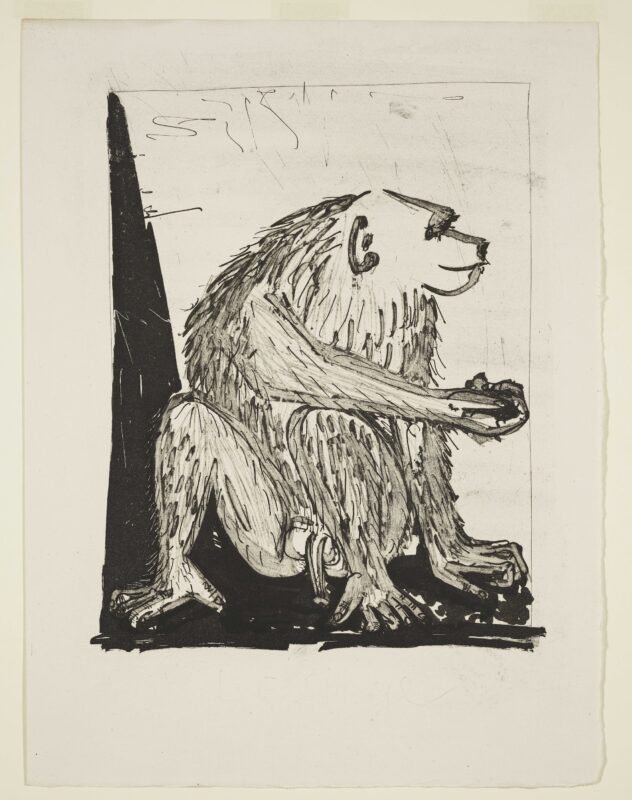
Expanded programme revealed for the Samsung Digital Discovery Centre
The British Museum and Samsung have announced a further five-year partnership, building on the existing success of the Samsung Digital Discovery Centre (SDDC) launched in 2009, with new exciting programmes and projects for the future.
The Centre was created in 2009 to provide a state- of-the-art technological hub for children and young people to learn about and interact with the Museum’s collection. It offers the most ambitious and extensive on-site digital learning programme of any UK museum, with eleven different school programmes running throughout the school year, and family programmes operating fifty weekends a year. All activities are free.
Neil MacGregor, Director of the British Museum, said:
“The Museum is delighted to continue our long-standing partnership with Samsung. Samsung’s world-leading technology enables us to be at the forefront of digital education, with a programme that is enhanced year on year. Families and schoolchildren of all ages have found these superb digital tools irresistible, and for us they have become indispensable in opening up and encouraging active engagement with our vast and varied collection.”
Andy Griffiths, Managing Director, Samsung UK & Ireland, said:
“Samsung is thrilled that the partnership with the British Museum will be continued. This exciting partnership, as part of our wider Digital Classroom initiative, inspires young people to unlock their learning potential through the use of technology. The British Museum has been at the forefront of
innovating digital learning and we are excited to see where the future will take us “
Using the latest Samsung digital equipment in facilitated sessions, children have been able to learn about all aspects of world cultures, from Buddhist sculpture to Egyptian paintings, and from clocks to clothing. In the first four years of operation, the Samsung Digital Discovery Centre has attracted more than 40,000 participants from ages 3 to 18.
Thanks to the partnership the Museum has been able to offer more Augmented Reality learning than any other UK museum, offering a range of different styles of AR mobile activities for phones and tablets. The AR mobile program Passport to the Afterlife, which runs on Samsung Galaxy Nexus phones in the ancient Egypt galleries, has been cited in academic dissertations and presented at major conferences in the US and UK. The partnership has also enabled some unusual collaborations, including with well-known UK fashion designers such as Tatty Devine and Fred Butler to create a series of dynamic workshops for 13-18 year olds.
The Samsung Digital Discovery Centre School programme currently reaches more than 5000 students annually, almost 20% of the total number of school students taught in the Museum each year. The partnership aims to double the number of schoolchildren using the Centre in the next five years.
The renewed partnership will enable the Museum to develop a range of longer and more in-depth programmes and will contribute to the new English National Curriculum. This will include the use of Samsung mobiles throughout the galleries for self- led learning activities. The first in these new app- based programmes uses the latest in image- recognition and AR technology to engage school students with the sculptures of the Parthenon.
The Centre’s growing portfolio of projects with secondary schools provides clear evidence of the distinctive contribution that digital technologies can make to students’ learning. The increasing use of digital technologies in the field of Art & Design offers a valuable opportunity to develop this audience over the next phase and a new programme of digital art workshops and projects will be developed for this age group.
Alongside its work with students, the Museum will also expand its programme of work with teachers, both through events and through building additional links with university teacher-training departments. Meanwhile activities for families will take advantage of new technologies to provide innovative in-depth activities including touch tables, 3-D printing, 3-D animation, as well as increasing use of Augmented Reality.







